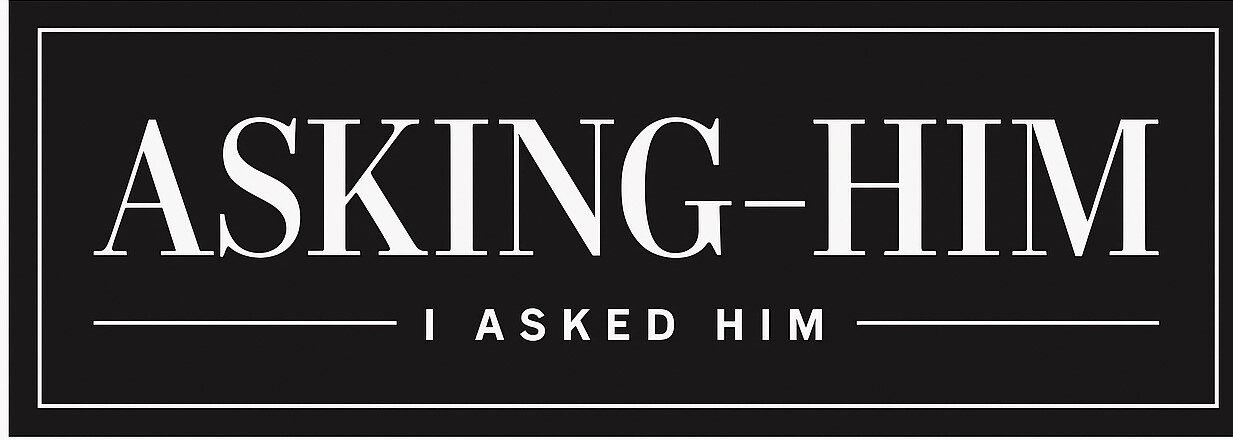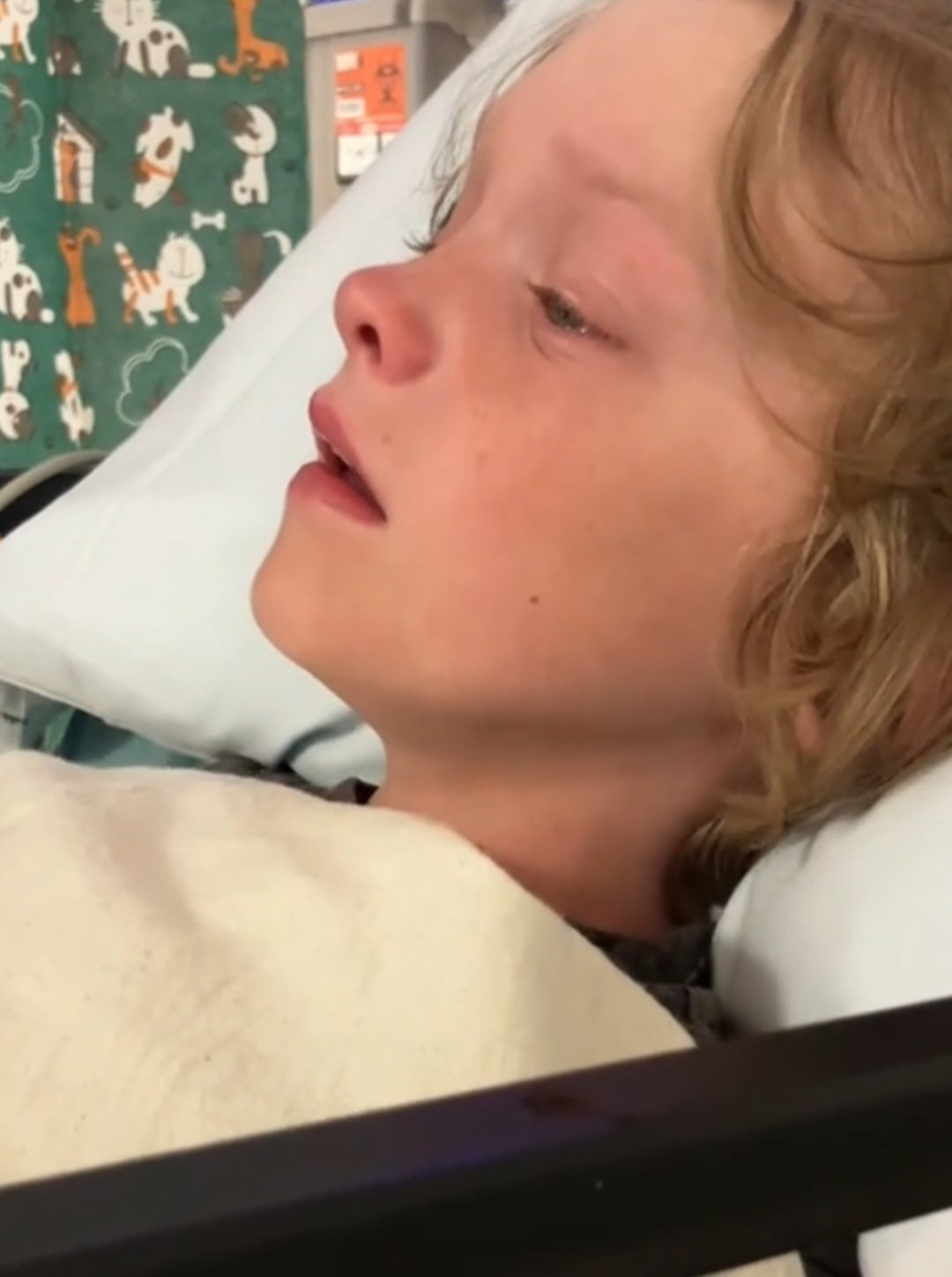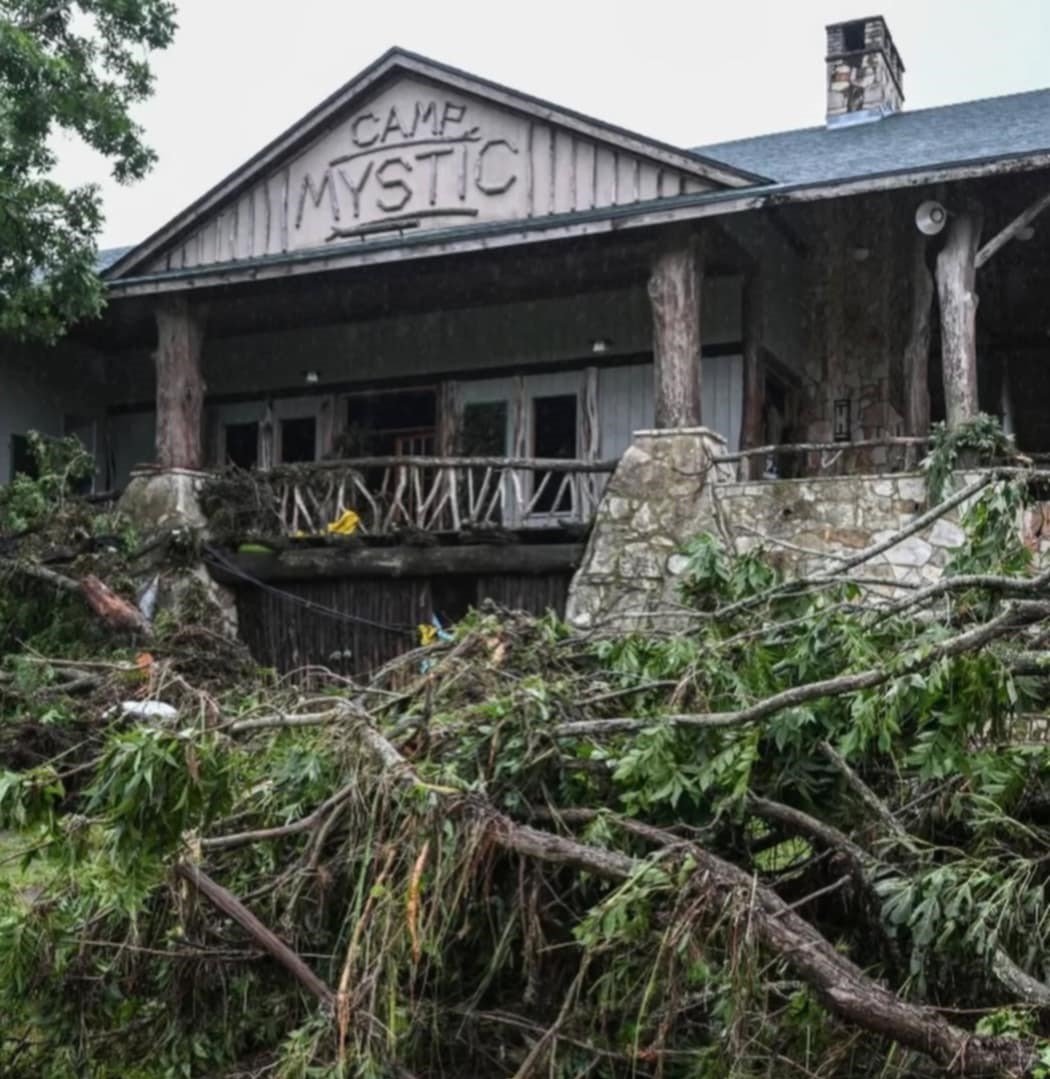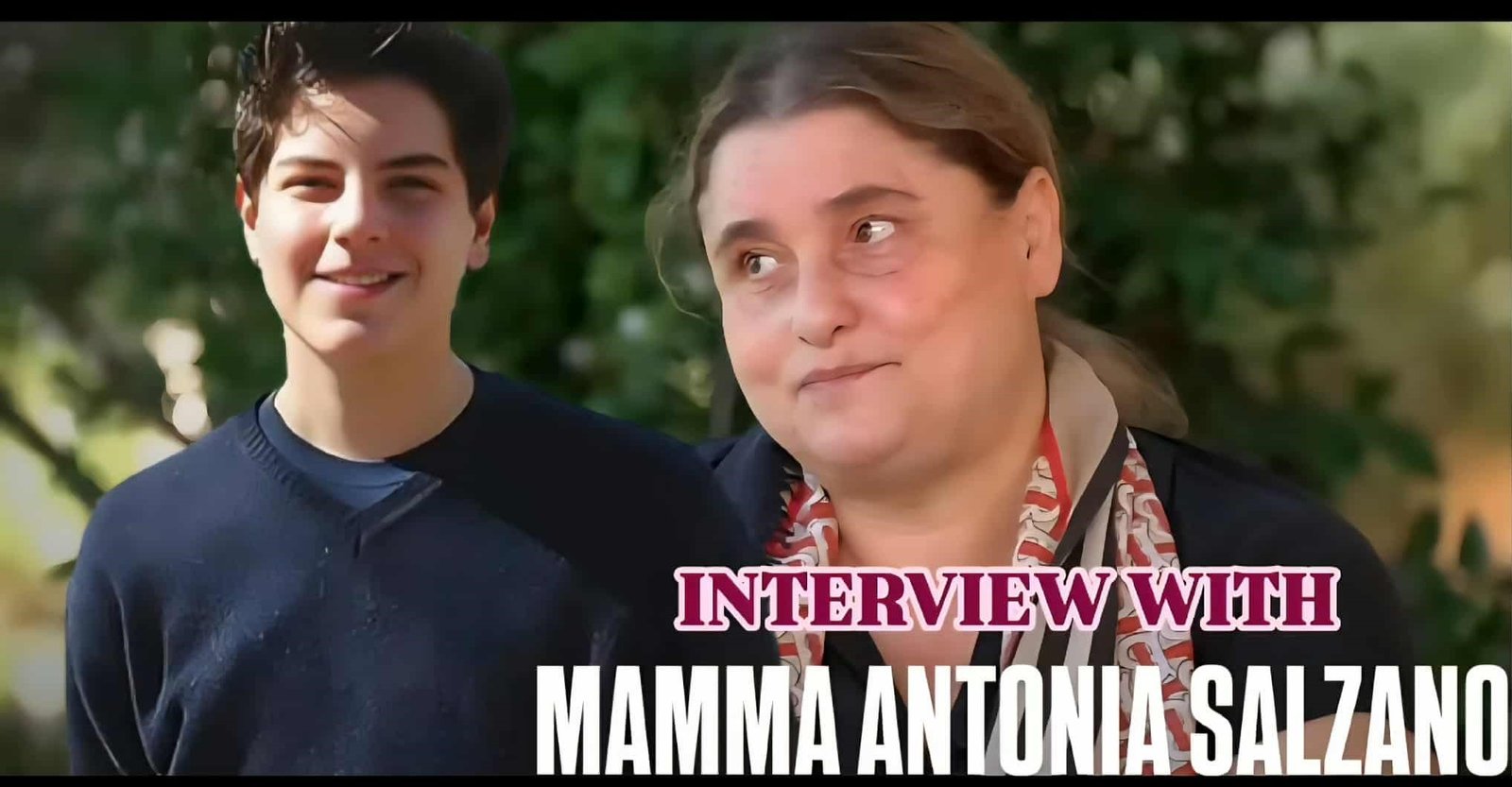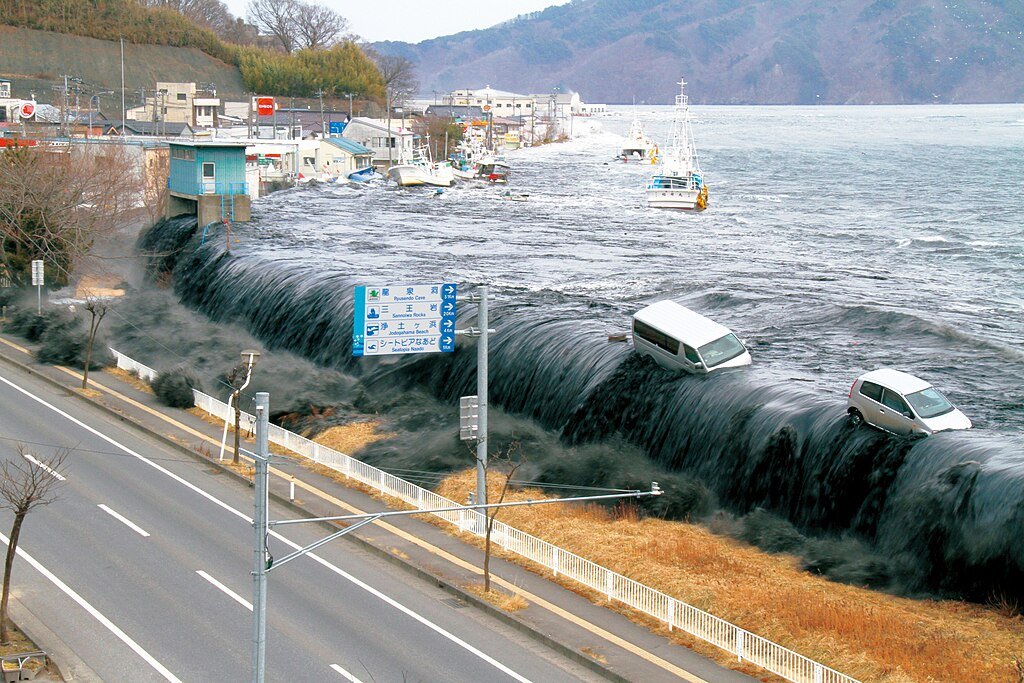
2011 Japan Earthquake and Tsunami: Facts, Fukushima Nuclear Disaster & Lessons Learned
A Nation Familiar with Shaking Earth
Japan sits along the Pacific “Ring of Fire,” where four tectonic plates meet. Because of this, the country experiences around 1,500 earthquakes every year—many too small to be felt. For centuries, the Japanese people have lived with the reality that the ground beneath them is never completely stable. Their culture of preparedness—drills, building codes, and education—has saved countless lives. But on March 11, 2011, nature delivered a tragedy unlike anything they had seen before. A magnitude 9.0 megathrust earthquake, the strongest in Japan’s recorded history, struck off the Tōhoku coast. It unleashed a deadly chain reaction: a massive tsunami and the Fukushima Daiichi nuclear disaster.
This single event forever reshaped Japan—its infrastructure, policies, and national psyche—and left lessons for the entire world.
How Many Earthquakes Does Japan Face Each Year?
Japan’s location on the boundary of the Pacific Plate makes it one of the most seismically active places in the world. The Japan Meteorological Agency reports that the country experiences around 1,500 quakes annually. While most are minor, residents regularly feel moderate tremors. This constant seismic activity is why Japan is known for its strict earthquake-resistant building codes, early warning systems, and school drills.
Yet even a nation so well-prepared can face events that exceed every prediction—as March 11, 2011 proved.
March 11, 2011: The Day of the 9.0 Megaquake
At 2:46 p.m. JST, the seafloor ruptured 70 km off the Tōhoku coast. The earthquake lasted almost six minutes, an eternity for those who felt the ground sway violently beneath them.
One of the most memorable videos from that day shows a mother in a restaurant holding her toddler close. As dishes rattle and people scramble for safety, she remains calm, comforting her frightened child. It is a striking image of courage, composure, and faith amid chaos.
This earthquake released energy equivalent to 600 million times that of the atomic bomb dropped on Hiroshima. Entire regions of northeastern Japan were shaken to their core.

The Tsunami’s Devastation
Within 30 minutes, walls of water up to 40 meters (130 feet) high struck the coastline. The tsunami swept inland at terrifying speeds, destroying everything in its path—homes, schools, hospitals, and entire villages. Over 15,000 people lost their lives, with thousands more injured or missing. Coastal towns like Minamisanriku and Rikuzentakata were almost completely erased from the map.
Japan had tsunami warning systems, but many areas underestimated the scale of the disaster. Protective seawalls were overtopped, evacuation routes were too short, and some residents delayed fleeing—tragic misjudgments that cost many lives.
Since then, Japan has rebuilt its warning systems, created higher seawalls, and implemented faster alerts that can warn people within seconds.
The Fukushima Nuclear Meltdown
The tsunami disabled the cooling systems at the Fukushima Daiichi nuclear plant, leading to core meltdowns in three reactors. Explosions and radioactive leaks forced the evacuation of over 200,000 residents. Farmland and towns became uninhabitable, some remaining abandoned to this day. The disaster sparked a worldwide debate on nuclear safety and energy policies.
Even now, cleanup continues—removing radioactive waste and decommissioning reactors will take decades.
The Financial Impact
The combined cost of the earthquake, tsunami, and nuclear disaster was over $300 billion, making it the costliest natural disaster in history. Insurance companies faced massive payouts, while Japan’s economy suffered from disrupted trade, power shortages, and reconstruction expenses.
Lessons Japan Learned
Japan responded with sweeping reforms:
- Upgraded building codes and base-isolation technology for high-rises.
- Expanded early-warning systems, including J-Alert messages that reach phones, TV, and radio.
- Nationwide drills, public evacuation training, and hazard maps in schools.
- Specialized first responder teams trained for disaster search-and-rescue operations, including rescue dogs.
These reforms saved lives in later quakes—proof that preparation works.
What the World Learned
Other countries studied Japan’s experience closely. California, for instance, improved seismic building codes, emergency alerts, and preparedness campaigns. Chile, New Zealand, and even European countries adopted similar strategies for infrastructure resilience and early warning.
How to Build Your Own Emergency Kit
Every household should have a basic emergency kit. Items to include per adult/child:
- Water (1 gallon per person per day for 3 days)
- Non-perishable food (3-day supply)
- First aid kit, personal medications, spare eyeglasses
- Flashlight, batteries, power bank, radio
- Feminine products, diapers, wipes
- Blankets, masks, cash, important documents
- Pet food and supplies (if applicable)
What We Can Learn from the Japanese People
The Japanese response showed discipline, resilience, and solidarity. People lined up calmly for water and supplies. Communities rebuilt together. Their quiet strength reminds us that preparedness is not fear—it’s wisdom.
Faith in Crisis
The mother who stayed calm with her child during those six minutes is a living example of courage and faith. In moments when the world shakes—literally or figuratively—God is with us. We cannot control every disaster, but we can control our hearts. Trusting Him, surrendering fear, and preparing wisely are acts of faith.
“God is our refuge and strength, an ever-present help in trouble.” – Psalm 46:1
Take Action Today
✅ Build or upgrade your family’s emergency kit.
✅ Hold a drill—at home, work, or school.
✅ Pray for those still grieving from the 2011 disaster, and for protection over your own family.
Preparedness saves lives. Faith gives us courage. Both together can steady us when the world shakes.
